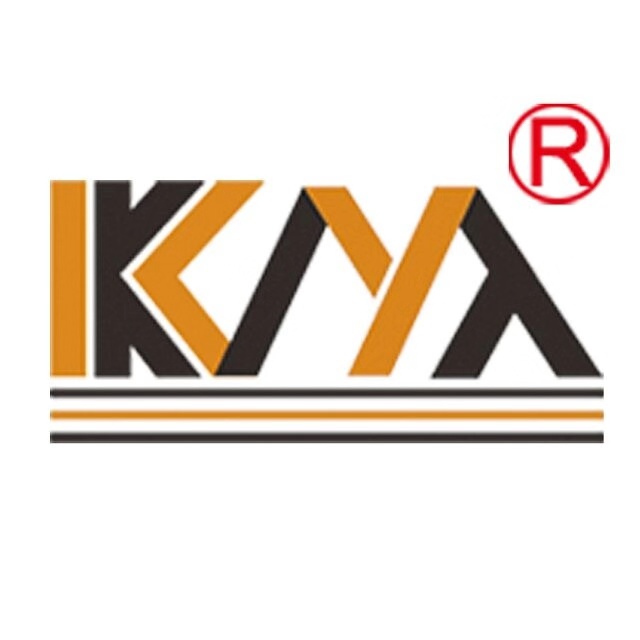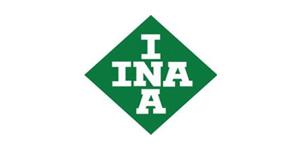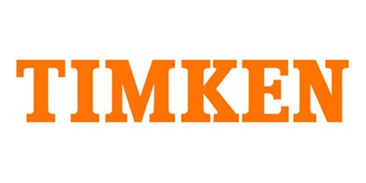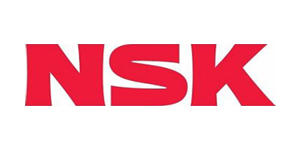Relevant Information
- Precautions for installation and lubrication of outer spherical bearing 2024-04-24
- Full loaded cylindrical roller bearing 2024-04-19
- spherical roller bearing oil solution 2024-04-16
- bearing normal knowledge 2022-11-10
- KM bearing | deep groove ball bearing maintaining 2020-08-10
- KM bearing | bearing maintenance cycle and method, worthy of collection 2020-08-07
- KM bearings for you to introduce how to easily identify lubricant? 2020-08-05
- KM bearing | shares the characteristics and maintenance procedures of thin-wall bearing products 2020-08-03
- Why bearings adopt interference fit assembly, let's solve it together! 2020-07-31
- KM bearing small series for you to introduce the method to improve the performance of spindle assembly 2020-07-30
- Km bearing | bearing inner sleeve processing problem, pay attention to yo! 2020-07-29
- KM bearing | ceramic bearing material advantage related introduction, worth learning 2020-07-28
- KM bearings are small series to introduce the difference between composite bearings and rolling and needle bearing 2020-07-27
- KM bearings for you to introduce the use of nylon retainer analysis 2020-07-24
- [KM bearing general knowledge] Several commonly used surface protection techniques 2020-07-23
- The dimensional accuracy of KM bearing | turning shaft workpiece does not meet the requirements, do you know the reason and the solution? 2020-07-22
- [KM bearing knowledge] Bearing temperature standard of motor and pump, need to pay attention to! 2020-07-21
- KM bearings | together to learn the shaft parts of the positioning and installation precautions 2020-07-20
- KM bearing xiaobian for you to introduce the cause of natural wear bearings 2020-07-17
- KM double row deep groove ball bearing wear causes and prevention techniques, let's learn 2020-07-16
- KM describes the fixed form of bearings 2020-07-15
- KM bearing xiaobian to introduce common bearing damage forms and causes 2020-07-14
- KM bearing ring surface common quality problems and reasons, pay attention! 2020-07-13
- KM bearing say What is pretension? 2020-07-03
- KM bearing summary of the dismantling of external spherical bearing skills 2020-07-03
- Forging and heat treatment process of KM bearing | bearing steel 2020-07-02
- If KM bearing | is not properly treated, what will the bearing become? 2020-07-01
- KM bearing | deep excavation engine oil role 2020-06-30
- KM bearing | bearing grinding process and requirements 2020-06-29
- KM bearing group | bearing rust cleaning 2020-06-26
- KM bearings/fixed bearings installation method 2020-06-25
- [KM bearing] Hub bearing maintenance, have you noticed 2020-06-24
- KM bearings are about the factors that affect the bearing's ultimate speed 2020-06-23
- KM bearings are about water rubber bearings and their advantages 2020-06-19
- KM bearing | bearing cage will be damaged 2020-06-18
- KM bearing knowledge: Purpose and method of bearing matching 2020-06-17
- KM bearing | joint bearing model and application 2020-06-16
- KM bearings for you to introduce 45 steel heat treatment 2020-06-15
- KM Bearing company three minutes in depth perfect analytical thread turning 2020-06-12
- [KM bearing knowledge point] Methods to judge the deterioration of grease 2020-06-11
- KM bearing | follow the small series to understand the bearing ring superfinishing process 2020-06-10
- Km bearing introduces several common concepts of bearing steel heat treatment 2020-06-09
- Km bearing sharing: installation requirements and use of belt drives 2020-06-08
- Matters needing attention in selecting and purchasing linear bearing 2020-06-05
- Some problems must be paid attention to in polishing operation of KM bearing 2020-06-04
- Km bearings to introduce you to the installation and maintenance of turntable bearings 2020-06-03
- Type selection of KM bearing / low noise bearing 2020-06-02
- Preparation for installation of KM bearing | bearing 2020-06-01
- Packaging of KM bearings for rolling bearings 2020-05-29
- Antirust cleaning of | bearing of KM bearing group 2020-05-28
- Matters needing attention in assembling and disassembling KM bearing 2020-05-27
- KM bearing introduces the reason of stainless steel tape magnetism for you 2020-05-26
- Characteristics of KM bearing / air bearing 2020-05-25
- KM bearing for you to introduce the plane bearing 2020-05-22
- Several common methods of stainless steel wire drawing for Kunmei bearing 2020-05-21
- The historical development of bearings 2020-05-19
- Bearing judgment method 2020-01-13
- General knowledge of hub bearing installation and use 2020-01-13
- pillow block bearings 2020-01-13
- Proper use of masks 2020-01-13
- Working principle and characteristics of deep groove ball bearing 2020-01-13
- The historical development of bearings 2020-01-10
- Bearing`s quality inspection 2019-12-13
- Characteristics of bearing steel. 2019-12-09
- Installation and maintenance of bearings 2019-12-04
- Deep groove ball bearing structure classification and use 2019-11-27
- Use and installation of aligning roller bearings 2019-11-25
- Characteristics, classification and application of cylindrical roller bearings 2019-11-09
- Bearing knowledge of full diagram 2019-10-30
- Use of tapered roller bearings 2019-10-25
- What is deep groove ball bearing?What is it used for?What does it do? 2019-10-11
- What is the general material of the bearing? 2019-10-07
- Bearing parameters 2019-09-16
- How to identify the quality of bearings? 2019-09-11
- The difference between deep groove ball bearing and quadrangle contact ball bearing. 2019-09-05
- Introduction of bearing 2019-08-23
- Development of bearing industry 2019-08-20
- Classification of bearings 2019-08-08
- What are the main characteristics of spherical roller bearings? 2019-08-07
- Structural characteristics and classification of tapered roller bearings 2019-08-05
- What's wrong with bearings?How to solve it? 2019-08-02
- Types and characteristics of rolling bearings 2019-08-01
- The number of enterprises in the bearing industry has increased sharply. The scale of production has been expanding. 2019-01-31
- SKF 2018-11-25
- FAG 2018-11-25
- NSK 2018-11-25
- NTN 2018-11-25
- TIMKEN 2018-11-25
- ZKL 2018-11-25
- Vibration motor imported bearing installation skills 2018-01-12
- Structure of the slewing bearing 2018-01-12
- How to solve the bearing heat 2018-01-12
- Inspection of bearing clearance and rotational flexibility 2018-01-12
- Purpose and method of bearing lubrication 2018-01-12
- Performance requirements for motor bearing grease 2018-09-06
- The number of enterprises in the bearing industry has increased sharply. The scale of production has been expanding. 2018-11-07







 +8618663554522
+8618663554522
 Message
Message
